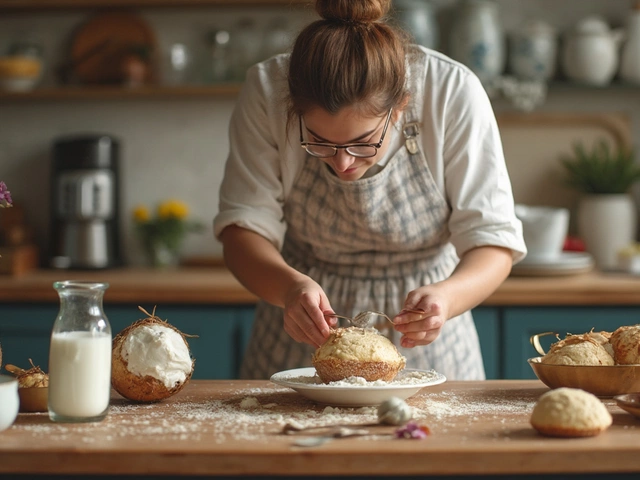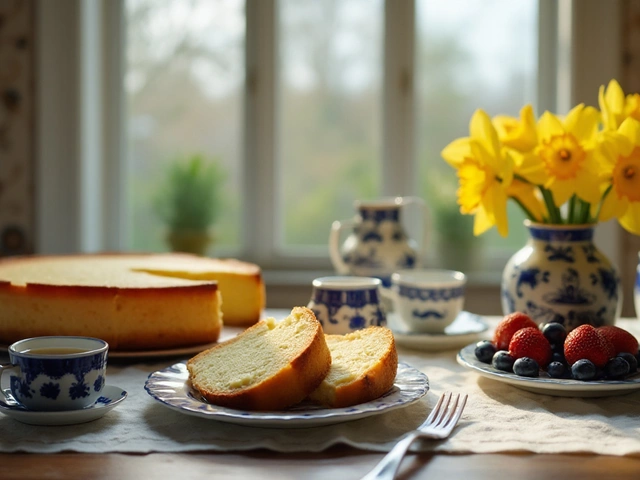Delicate Baking Processes: Quick Tips You Can Use Today
Ever tried a macaron and ended up with a flat, cracked cookie? Or baked brownies that turned out more like a cake than a fudgy treat? Those frustrations usually come from missing the tiny steps that make big differences. Below we break down the most common delicate processes in the kitchen and give you clear, no‑fluff advice to nail them every time.
Why Some Baking Steps Need Extra Care
When a recipe calls for “beat the egg whites to stiff peaks” or “fold in the almond flour gently,” it’s not just for show. Those instructions protect the air you’ve just trapped, keep the batter light, and prevent the final product from becoming dense. For example, the macaron size guide shows that a slight over‑mix can make shells too flat, while under‑mix leaves a gummy interior. The same principle applies to brownies: a fudgy texture needs just the right amount of mixing, not a batter that’s been whipped for ten minutes.
Temperature is another silent player. Chocolate tempering, a classic delicate process, requires a quick shift between 31°C and 32°C. Too hot and the cocoa butter loses its snap; too cool and the shine disappears. Even something as simple as storing brownies can affect texture—keep them in an airtight container at room temperature for a chewy crust, or freeze them if you need them for a week‑long event.
Pro Tips for Common Delicate Tasks
1. Mastering Macarons: Measure ingredients by weight, not cups. Sift the almond flour and powdered sugar twice to avoid tiny lumps. When you fold the meringue, stop as soon as the batter flows like thick lava—this is the “macaronage” stage that prevents cracks.
2. Getting the Right Brownie Texture: Use a kitchen scale for flour and chocolate. Melt chocolate and butter together, then let the mix cool a few minutes before adding eggs. This prevents the eggs from scrambling and keeps the batter smooth. For a fudgy brownie, reduce the baking powder; for a cakey one, add a bit more flour.
3. Vegan Candy Tricks: Check labels for hidden dairy in ingredients like whey or milk solids. When making a vegan version of a classic treat like M&Ms, swap the milk chocolate coating for a dark chocolate that lists only cocoa, sugar, and soy lecithin. Adding a pinch of sea salt can boost flavor and mask any slight sweetness differences.
4. Cost‑Saving Cake Decisions: Before you buy a Costco half‑sheet cake, calculate the serving size. A typical half‑sheet feeds about 30 people, so compare the price per slice to your homemade ingredient costs. Often, baking at home saves money, especially when you already have the basics like flour and sugar.
5. Storing Frosted Treats: Frosted brownies stay fresh longer if you place a sheet of parchment between the frosting and the container lid. This prevents condensation from making the glaze soggy. For macarons, store them in a single layer, sealed, in the fridge for up to three days, then bring to room temperature before serving.
These steps might feel tiny, but they’re the exact moves that turn a good bake into a great one. Next time you face a delicate process—whether it’s folding, tempering, or measuring—pause, read the tip, and follow the simple rule: treat the step like it’s the only one that matters. Your taste buds (and your followers) will thank you.





